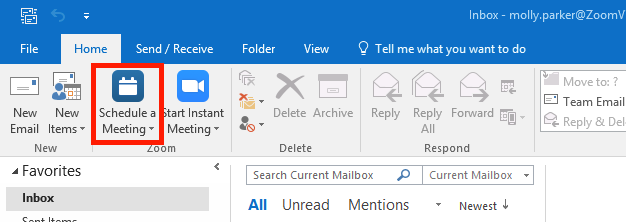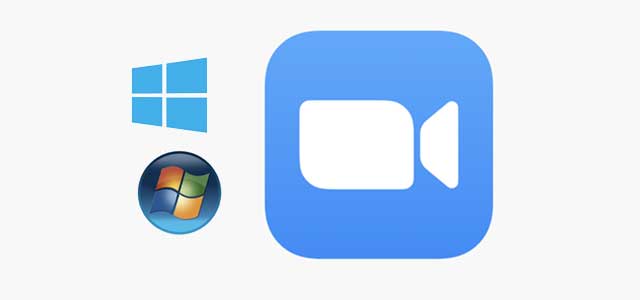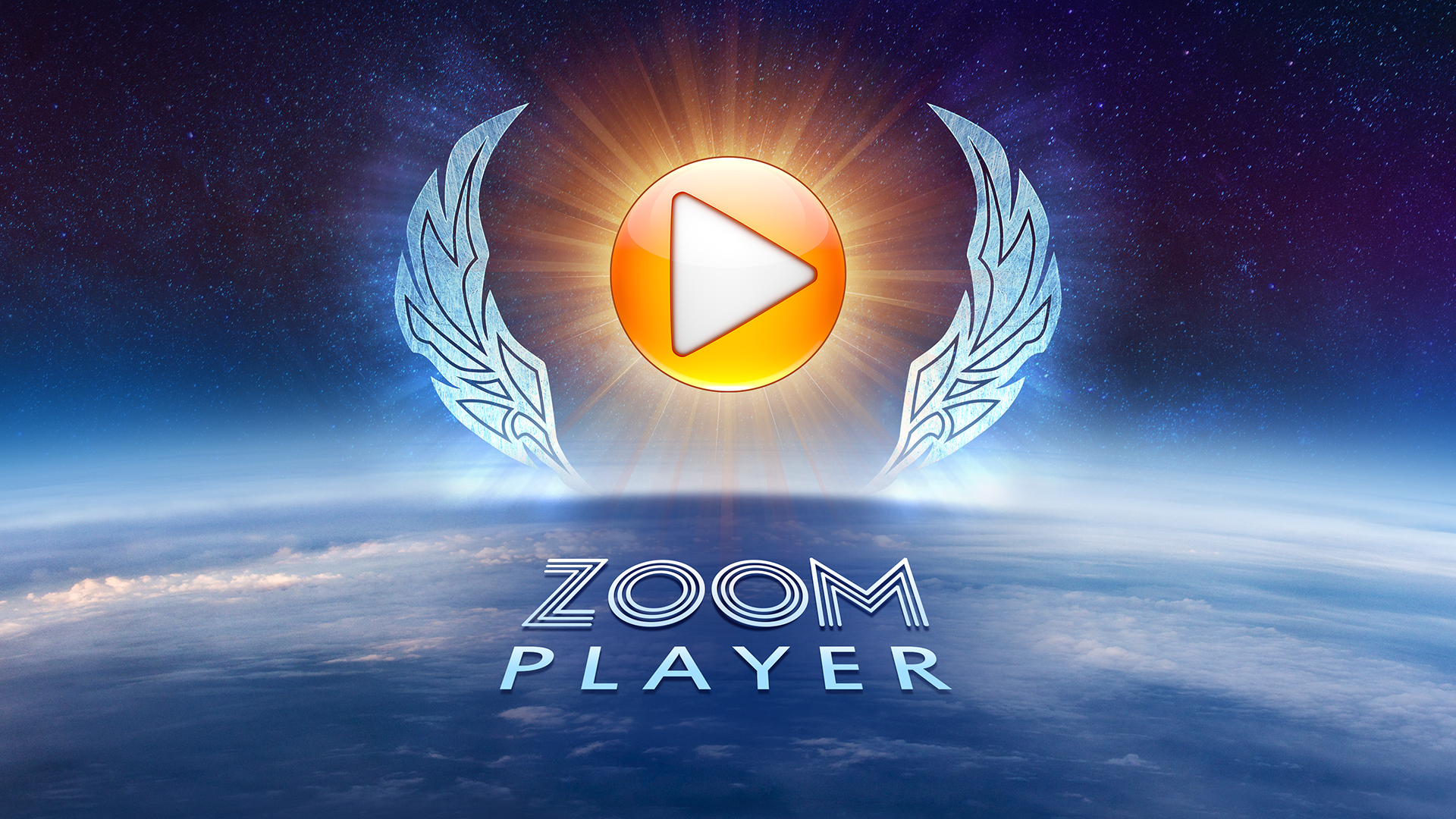

Note that Office 365 E3 is the only plan that allows you to host large-capacity events. The main differences are meeting duration limits, participant capacity, file storage and the Microsoft apps you gain access to with each plan. The chart below breaks down what you get with each Microsoft Teams plan. While neither module can make up for terrible lighting and a bad webcam, they can be useful in at least softening up unflattering images. Zoom offers filters for appearance and lighting adjustments, and Microsoft Teams recently added a similar feature. Whereas Zoom gives its free users just 40 minutes for group meetings but up to 30 hours for one-to-one sessions.įile storage varies by provider plan Zoom’s top plan offers unlimited file storage, while Microsoft Team caps storage at 1 TB per organization and 10 GB per license. However, Microsoft Team users on the free plan are limited to 60-minute meetings. In Zoom’s paid plans, meetings can last up to 30 hours, which is the same limit with Microsoft Teams. Microsoft Teams and Zoom both offer free plans and paid plans that cost $20 or less per license. Both providers offer screen and app sharing, whiteboards, chat, voice calling, customized backgrounds, breakout rooms, meeting recordings and the ability to record sessions. Microsoft Teams and Zoom share many of the same features.

Up to 40 minutes on free plan 30 hours on paid plansįilters available for appearance and lightingĪvailable for scheduled meetings with paid plansĪvailable on Business and Enterprise plansĪvailable with Microsoft 365 Business Standard planĪvailable with Zoom Events and Webinar plansġ0 GB per license on all plans paid plans offer 1 TB per organization

Up to 60 minutes on free plan 24 hours on paid plans


 0 kommentar(er)
0 kommentar(er)
